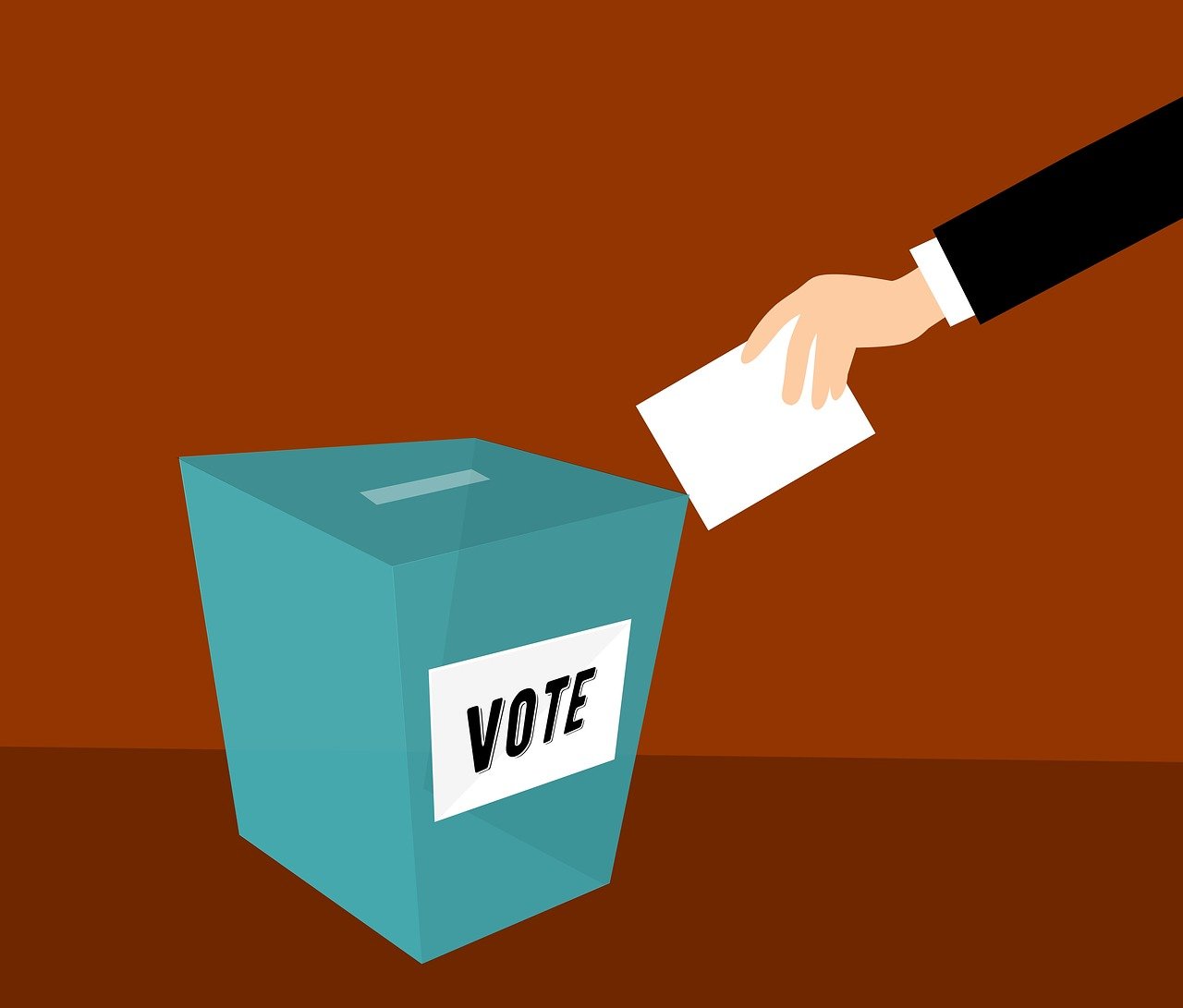History and Features of Indian Elections
Introduction
Indian elections hold a pivotal place in the world’s largest democracy, where millions of voices come together to shape the nation’s destiny. This article explores the historical evolution and key features of Indian elections, shedding light on the democracy’s vibrant tapestry.

Pre-Independence Era
Colonial Influence on Indian Elections
Indian elections have deep-rooted historical origins. The British colonial rulers introduced the concept of elections in the form of limited suffrage. These elections served their interests, primarily by creating divisions among the Indian population.
The First General Election ( Indian elections )
After gaining independence in 1947, India was poised for its first general election in 1951. This historic event marked a significant transition from colonial rule to democratic governance. It granted universal suffrage to all adult citizens, making it the world’s largest democracy.
Analyzing the BJP’s Candidacy Choices in Madhya Pradesh Elections
Post-Independence Developments
( Indian elections )
Universal Adult Suffrage
One of the most remarkable features of Indian elections is universal adult suffrage. Every citizen over the age of 18 has the right to vote, irrespective of caste, religion, gender, or economic status. This inclusivity is a testament to India’s commitment to democracy.
Role of the Election Commission
( Indian elections )
The Election Commission of India plays a critical role in ensuring free and fair elections. It is an autonomous body responsible for organizing and supervising the electoral process. This independence is essential in upholding the democratic values of the nation.

Key Features of Indian Elections
Federal Structure
Indian elections are a complex interplay of the federal structure. While elections are held at both the national and state levels, the states have significant autonomy in conducting their elections. This decentralization is a unique aspect of Indian democracy.
Secret Ballot System
The secret ballot system ensures the privacy and freedom of choice for voters. It prevents coercion and intimidation, making elections more transparent and credible.
Role of Political Parties
Political parties play a crucial role in Indian elections. With a multi-party system, India witnesses intense political competition. These parties are instrumental in representing the diverse interests of the Indian populace.
The Importance of Indian Elections
Indian elections are not just a political event but a reflection of the people’s aspirations and desires. They provide a platform for citizens to voice their concerns and choose their representatives. This process is fundamental in shaping the country’s policies and direction.
Challenges in the Indian Electoral Process
Electoral Malpractices
Despite India’s democratic ideals, elections are not without challenges. Electoral malpractices such as vote-buying, booth-capturing, and voter fraud have been issues that need continual vigilance.
Money Power
The influence of money in politics remains a significant concern. It often tilts the balance in favor of affluent candidates, impacting the fairness of elections.
The Evolution of Election Technology
Electronic Voting Machines (EVMs)
The introduction of Electronic Voting Machines (EVMs) has streamlined the voting process, making it more efficient and less prone to manipulation. These machines have played a crucial role in maintaining the integrity of Indian elections.
Challenges in the Indian Electoral Process
Voter Suppression
Voter suppression remains a concern in some areas of India. Factors like voter intimidation and the manipulation of electoral boundaries can potentially disenfranchise certain groups. To combat this, efforts are continually being made to ensure that all eligible citizens can exercise their right to vote without fear or coercion.
Political Polarization
Indian elections often witness intense political polarization. While democracy thrives on differing opinions and healthy debate, extreme polarization can lead to division and conflict. Striking a balance between robust debate and maintaining social cohesion is a challenge.
The Role of Media
The media plays a significant role in Indian elections. It serves as a crucial source of information for voters, helping them make informed decisions. However, media can also contribute to sensationalism and biased reporting, influencing public opinion. The responsible use of media in elections is an ongoing concern.
Voter Turnout
While India’s elections are the largest in the world, the voter turnout percentage is not always as high as one might expect. Factors like apathy, logistical issues, and disillusionment with the political process can lead to lower voter participation. Encouraging higher turnout remains a constant challenge.
Transparency and Accountability
Maintaining transparency and accountability in the election process is essential for upholding democratic values. It’s imperative that the funding of political campaigns, the behavior of candidates, and the conduct of elections remain transparent and accountable to the public.
The Significance of Indian Elections on the Global Stage
Indian elections are closely watched by the international community. Given India’s status as the world’s largest democracy, the conduct of its elections has global implications. The success of the electoral process in India serves as an example for emerging democracies and reaffirms the strength of democracy on a global scale.
Conclusion
In conclusion, the history and features of Indian elections showcase a vibrant and dynamic democratic process. From their colonial beginnings to the adoption of universal adult suffrage and the use of advanced election technology, Indian elections have come a long way. While challenges persist, the nation’s commitment to democracy and the active participation of its citizens ensure that Indian elections continue to evolve and set an example for democracies worldwide.
Indian elections are not merely a political event; they are a celebration of the democratic spirit and the power of the people’s voice. As India continues to grow and evolve, its elections will play a vital role in shaping its future.
Indian elections have come a long way from their colonial beginnings. They have evolved into a symbol of democratic values and inclusivity. While challenges persist, the nation’s commitment to democracy and the active participation of its citizens ensure a brighter future for Indian elections.
FAQs
-
How often are general elections held in India?
- General elections are held every five years.
-
What is the minimum voting age in India?
- The minimum voting age in India is 18 years.
-
Are there any restrictions on who can run for office in India?
- In most cases, Indian citizens over 25 years of age are eligible to run for office, with some exceptions.
-
How does the Election Commission ensure fair elections?
- The Election Commission maintains strict guidelines and monitors the electoral process to prevent malpractices.
-
What is the significance of EVMs in Indian elections?
- Electronic Voting Machines (EVMs) have improved the efficiency and transparency of Indian elections, reducing the chances of fraud and manipulation.
-
How are election disputes resolved in India?
- Election disputes are typically resolved through the judicial system. Candidates or voters who believe election laws have been violated can file complaints and seek legal recourse.
-
What is the significance of the first-past-the-post electoral system in India?
- India uses a first-past-the-post system where the candidate with the most votes in a constituency wins. This system provides for political stability but has also faced criticism for not always representing the majority view accurately.
-
How does the Election Commission maintain neutrality?
- The Election Commission is comprised of civil servants who are appointed and are expected to be non-partisan during their tenure. They have significant autonomy to ensure impartiality.
-
Are there any gender quotas in Indian elections?
- Yes, there are reservations for women in local government bodies. A certain percentage of seats are reserved for women, ensuring their representation in grassroots democracy.
-
What is the significance of NOTA in Indian elections?
NOTA, or “None of the Above,” is an option on the ballot that allows voters to reject all candidates. It gives voters the right to express their dissatisfaction with the available choices.